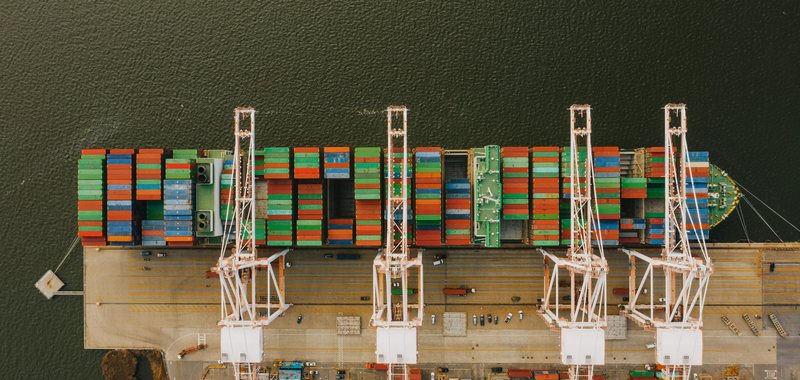Cocoa crisis is reaching its peak - Price has increased by 54% since the end of 2024

The global cocoa crisis continues to deepen, with hopes of recovery fading and prices reaching unprecedented heights. The surge in cocoa prices has caused global concern, as the product is the basis for the chocolate industry.
Since the end of 2024, the price of cocoa has risen by 54%, with the latest price reaching $11,242 per ton, while in January 2024 it was just $4,000. Futures supplies for the commodity rose by 8% to $11,242, after a large purchase by Hershey, which is stockpiling the product without waiting for prices to fall, further increasing pressure on the market. According to the International Cocoa Trade Organization, the global deficit reached 478,000 tons last year, the largest in more than 60 years.
The cocoa crisis is closely linked to conditions in West Africa, particularly Côte d'Ivoire and Ghana, which account for 55% of global production. Climate change and the El Niño phenomenon have played a role. High temperatures and drought have reduced production to a minimum. Diseases such as black mold and the new CCSV virus have destroyed a large part of the crop, with the latter reducing production by up to 50%.
The high cost of production is a concern. Rising fertilizer prices and financial pressures from high interest rates are worsening the situation.
Cocoa stocks are at their lowest level in 36 years, with only 1.3 million tonnes available globally. High cocoa prices have directly impacted demand. According to the data, chocolate production grew by just 0.7% in 2024, despite a previous decline of 4.2% in 2023. This shows that the industry is struggling to manage high prices and shortages.
The World Cocoa Council forecasts a modest 17% increase in production for the 2024-2025 season, but this recovery is considered insufficient. Prospects for improvement remain uncertain, especially if extreme weather conditions continue.
The World Bank estimates that prices will fall slightly by 13% in 2025 and 2% in 2026. However, the need for high prices remains essential to curb excess demand.

US further restricts chip exports - New rules aim to hinder China's development of the sector
The US government announced that it will further restrict exports of chips and artificial intelligence technology, to maintain "power" in the United States......

What does Albania trade abroad? Exports were dominated by fuels and clothing, but with a significant decline
Albania's foreign trade for 2024 has marked interesting developments with changes in the values of exported and imported goods compared to the same period......

Greece, Mitsotakis proposes new president - Voting for Konstantinos Tassoulas expected to be held on January 25
Greek Prime Minister Kyriakos Mitsotakis has selected Parliament Speaker Konstantinos Tassoulas from his center-right New Democracy party for the Greek......

What will happen to fuel, alcohol and tobacco? - The project foresees an increase in excise duty. Exemptions are removed
The Ministry of Finance will conduct a detailed analysis regarding the minimum excise duty levels for each category of product imported or produced in the......

"Lower the price ceiling for Russian oil" - 6 EU countries call for stronger sanctions against the Kremlin
Six European Union countries asked the European Commission to lower the $60 per barrel price cap set for Russian oil by the G7 countries. The price caps on......

Albania and Italy, with underwater energy connection - Trilateral agreement with the United Arab Emirates. Cost, about 1 billion euros
Albania, the United Arab Emirates and Italy join in a strategic alliance for renewable energy. An investment agreement was signed in Abu Dhabi for the......

Underwater energy connection between Albania and Italy - Today, the trilateral agreement also with the United Arab Emirates
Today, the signing of the agreement between Albania, Italy and the United Arab Emirates is expected for the construction of an underwater electricity......

“Increased flights hinder climate targets” - According to the report, fuel use will increase by 60% by 2050
The number of air passengers is forecast to double by 2050, driving up demand for fuel and hampering the aviation industry's steps to reduce emissions, a......





















